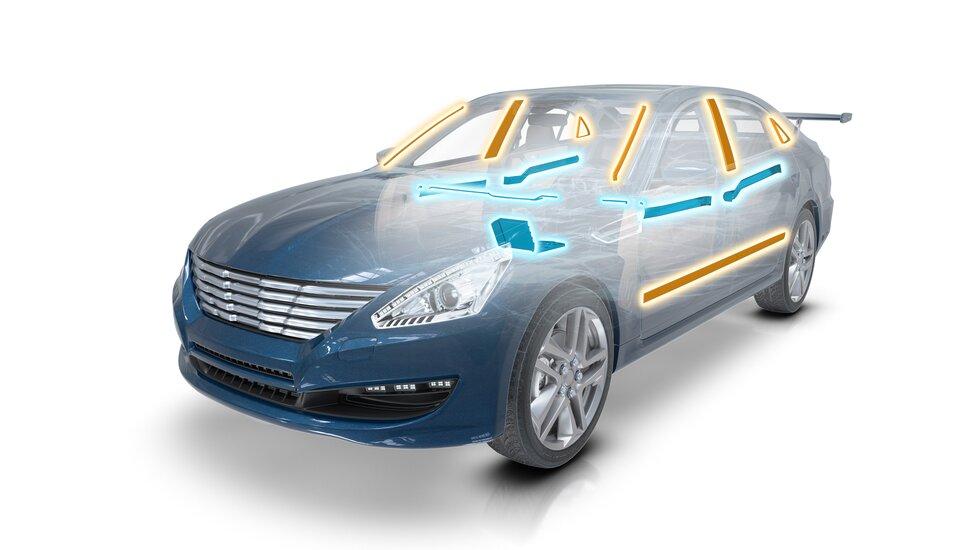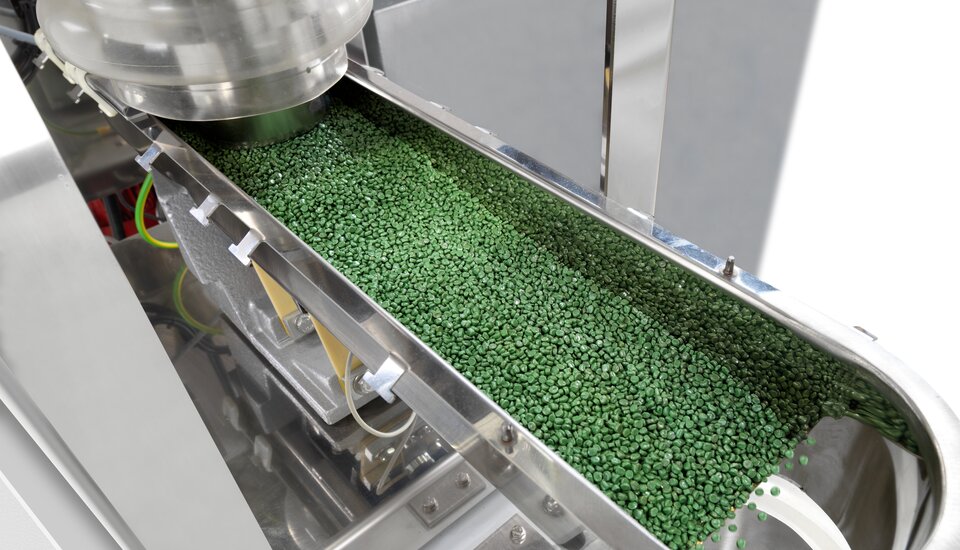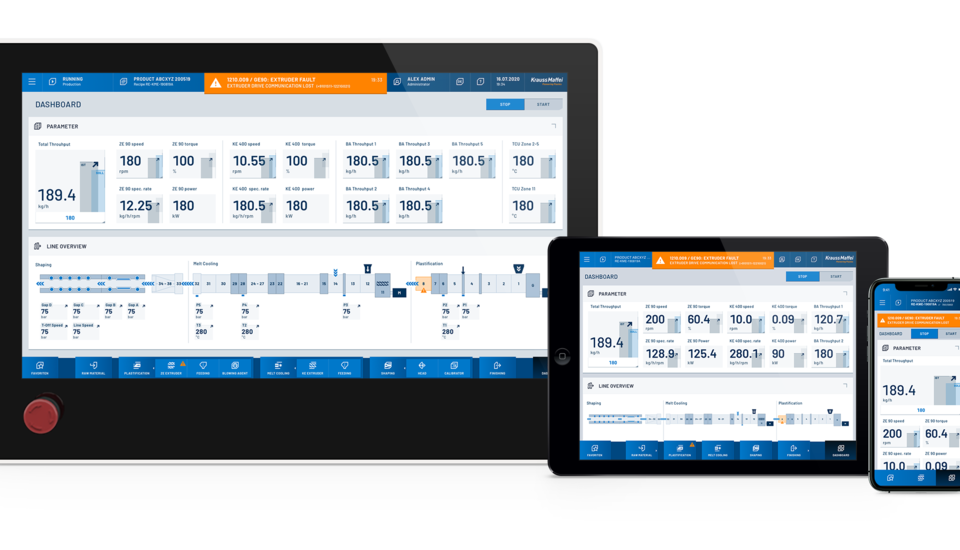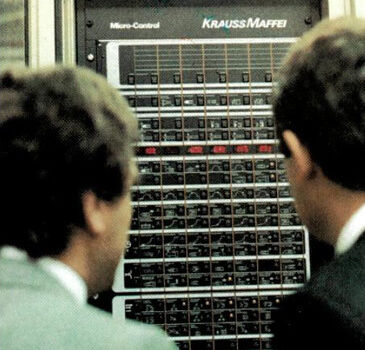
Trendgineering
Complex connector fabrication with metal inlays
| Petra Rehmet
Precise conductor
Whether in the home or car: electrical connectors that need to function well are everywhere. It is challenging, however, to manufacture and handle complex components. Marian Allmansberger, Product Manager of KraussMaffei Automation, explains the challenges and suitable solutions.
ahead
If someone wants to manufacture a connector, what is special about the process?
Marian Allmannsberger
It is technically challenging to manufacture connectors because you usually have to bring multiple metal inserts such as pins or sockets into the mold and encapsulate them. For example, the connector for a wind turbine can have up to 30 pins, screw-type bridges and insulators. This requires a process that is absolutely stable, but also very efficient.
ahead
The application on the CX 80 from the K 2019 was not quite so complex, was it?
Allmannsberger
No, that would be much too extensive for a trade fair exhibit, and that is what we built the manufacturing cell for. For the large systems, of which we have several on the market, multiple robots work hand in hand. What we see here is effectively a scaling of that. With the CX 80 we want to show how well the connector fabrication can be implemented where space is at a minimum. The floor surface is only 5.40 by 3.70 m, whereby the dockable automation cell itself measures only 3.20 by 2.30 m.
ahead
What makes the current connector stand out?
Allmannsberger
It is a typical model as used in the automotive industry. The connector is not large, but it is intricate, which requires very precise handling. We insert three metal parts: a pin, a socket and a yoke plate. The first two come from a double drawer; the yoke plate is fed through an anyfeeder system. It can position differently shaped parts by means of vibration.
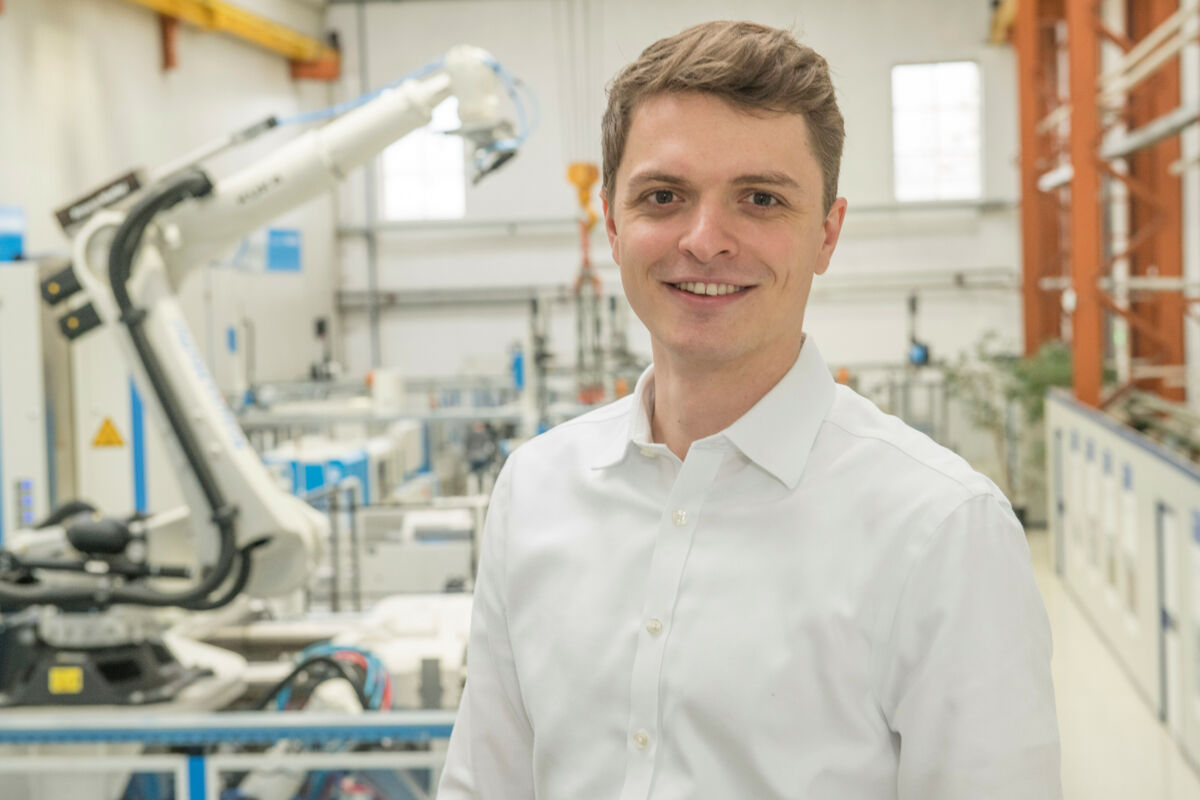
In interview with ahead
Marian Allmannsberger
ahead
How precisely does the automation have to work for everything to succeed?
Allmannsberger
The repeatability of the robot is at a competitive 0.4 mm. This is necessary, for example, so that later the power is reliably supplied through the pin. The gripper itself is also high-tech. It has six pneumatic drives and, in turn, consists of four individual pneumatic grippers. It is good to have the corresponding automation expertise to implement something like this in your own company.
ahead
What happens when the metal parts are inserted?
Allmannsberger
They are encapsulated with a fiberglass-reinforced polyamide. Then the article weight is about 25 grams and the cycle time is 30 seconds. The robot removes the component and places it on a rotary table with six stations. Here, a camera is used to visually check for completeness of the insertion parts and overmolding. Then we print a unique QR code and conclude with a test for electrical conductivity.
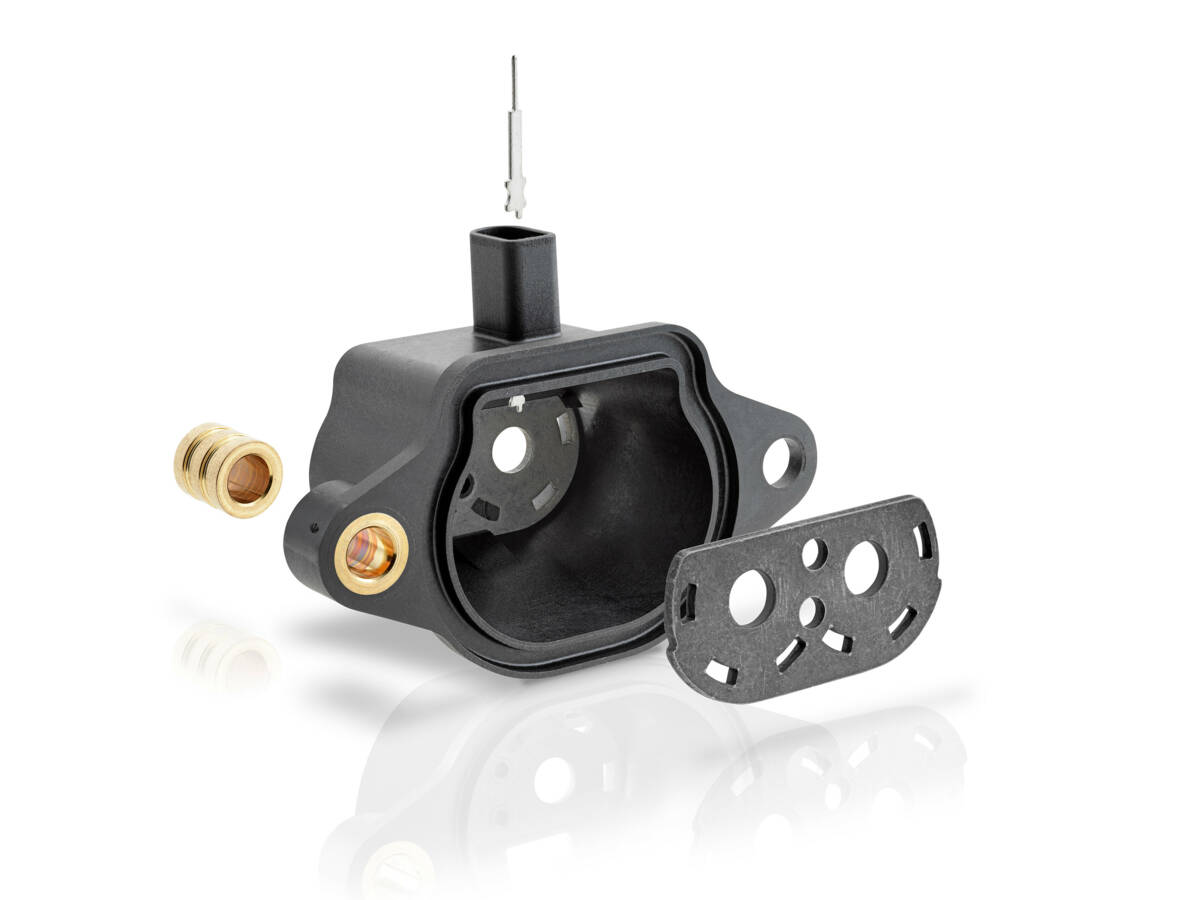
Intricate components:
Detailed view of the connector with the three metal inlays for the pin, sleeve and yoke plate
ahead
What can be done with the QR code?
Allmannsberger
In conjunction with an app, it leads you to the production history of the particular component. All process and test steps are recorded here in detail. You can even store a photo, because it is all done using our customized data station easyTrace. The information from all process participants flows together here and is centrally available. The machines can even be of different ages or brands. With easyTrace, we help our customers satisfy the increased demands in the area of documentation and traceability.
